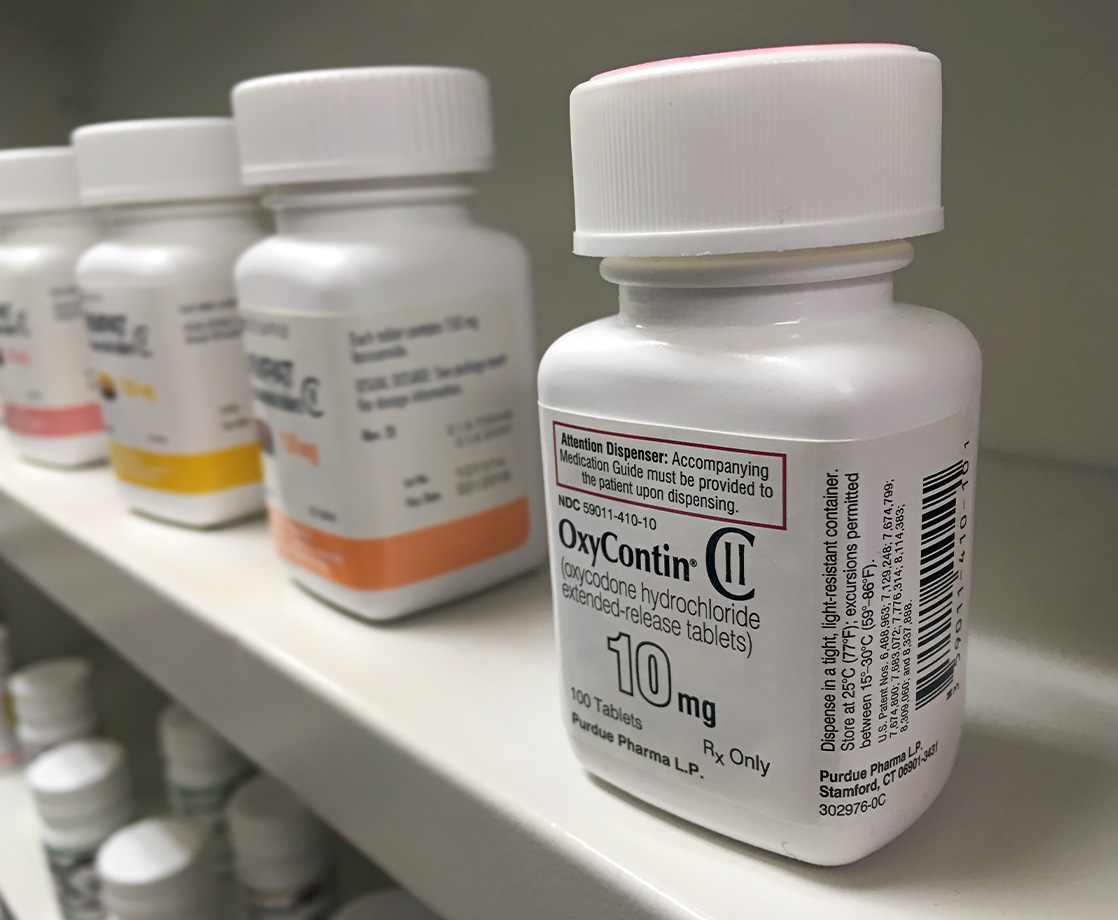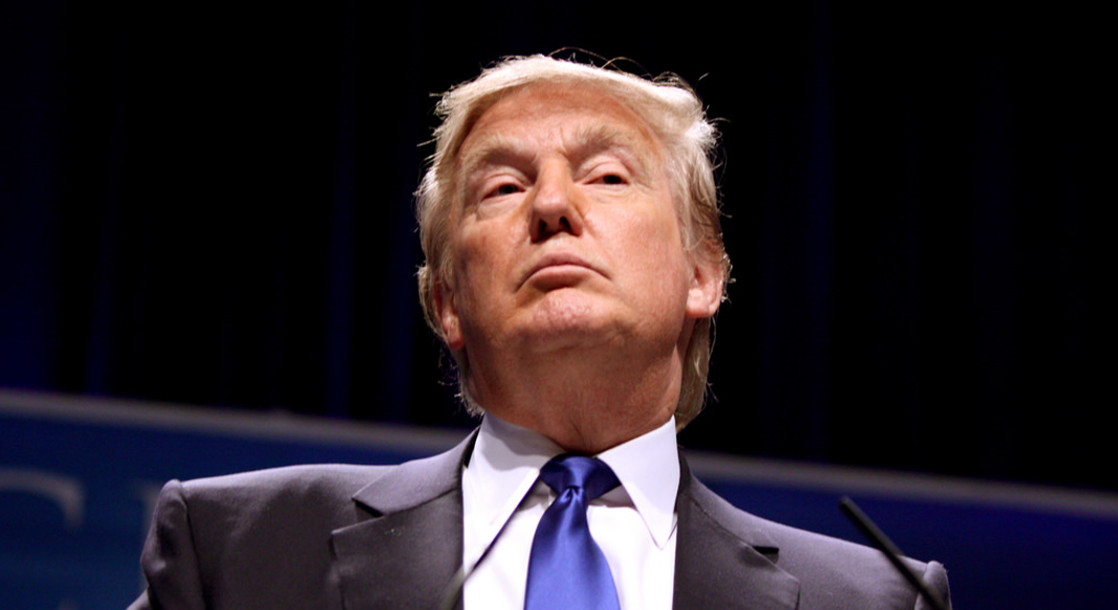The maker of a popular opioid painkiller may file for Chapter 11 bankruptcy if it cannot agree to settlement terms with the 35 state attorneys who are currently suing the company for its role in the opioid crisis.
Last week, legal representatives for Purdue Pharma, the company that manufactures and sells OxyContin, offered $10 billion to $12 billion as a settlement to US states forced to combat the opioid epidemic. Some attorneys general “balked” at the offer for being incredibly low, Reuters reported.
On Friday, Purdue’s attorneys announced that they had already prepared Chapter 11 bankruptcy documents in case the settlement talks fall through. Purdue Pharma’s total revenue reached $35 billion in 2017, with an annual revenue of $3 billion.
To date, 36 states have sued Purdue Pharma for defrauding regulators regarding OxyContin, a brand name version of the opioid oxycodone. In 2007, the company’s executives pled guilty to misleading the public about the drug’s addiction potential, which led to one of the largest fines issued by the US government against a pharmaceutical company: $634 million.
But since 2007, the nation’s opioid epidemic has gotten worse, and Purdue Pharma continued to rake in billions in OxyContin sales as tens of thousands of Americans were dying from opioid overdoses. Individual US states, cities, and counties have footed the bills for arrests, incarcerations, rehabilitation, counseling, ER visits, hospitalizations, and other public costs associated with widespread opioid abuse. According to the National Institute of Drug Abuse, the opioid epidemic is costing the US $78.5 billion a year — nearly eight times more than Purdue’s $10 billion settlement offer.
In contrast to Purdue’s currently standing offer, the company previously offered to pay out $4.5 billion over a 3-year period. If the company does file for Chapter 11 bankruptcy, states can expect a meager $1 billion payout after all the company’s assets are liquidated.
Introduced to the market in 1996, OxyContin was initially sold as a less addictive but more powerful alternative to other popular painkillers. Purdue Pharma invested $200 million into the drug’s first marketing campaign, which included not only pushing OxyContin on medical doctors, but also loosening restrictions around prescribing opioids for non-cancer-related pain. Within the first four years of sales, OxyContin became a blockbuster drug and catapulted Purdue Pharma to its first $1 billion in revenue.
By the early 2000s, reports surfaced that Oxycontin was causing widespread addiction and lethal overdoses. Over half of the oxycodone in OxyContin could be extracted at home for intravenous administration, which creates a more potent high than oral ingestion but can also trigger a chronic physical addiction to the drug much more rapidly, too. Subsequent investigations revealed that Purdue Pharma’s executives were fully aware of the drug’s addictive potential, but had fabricated data to convince regulators otherwise.
Of course, Purdue Pharma isn’t alone in its role for getting the country hooked on opioids (again). Last month, Johnson & Johnson, one of the nation’s largest pharmaceutical companies and another opioid manufacturer, was fined by an Oklahoma court $572 million for exacerbating opioid abuse in the Sooner State.
In April, Arizona-based opioid maker Insys saw its CEO resign amid a pay-for-play scandal, where Insys representatives bribed medical doctors to push its opioid drug on patients. In 2017, Insys’s founder, John Kapoor, was charged with drug racketeering, fraud, and conspiracy for devising the company’s bribery scheme.
Do the big fines and public punishments indicate that the US may finally curb its wanton opioid epidemic? We’re not sure yet. Although President Trump declared the opioid epidemic a national emergency shortly after taking office in 2017, the data has not confirmed whether or not the Trump administration’s moves against opioid manufacturers, medical doctors, and organized crime have done much to reduce opioid abuse in the US.
Follow Randy Robinson on Twitter











